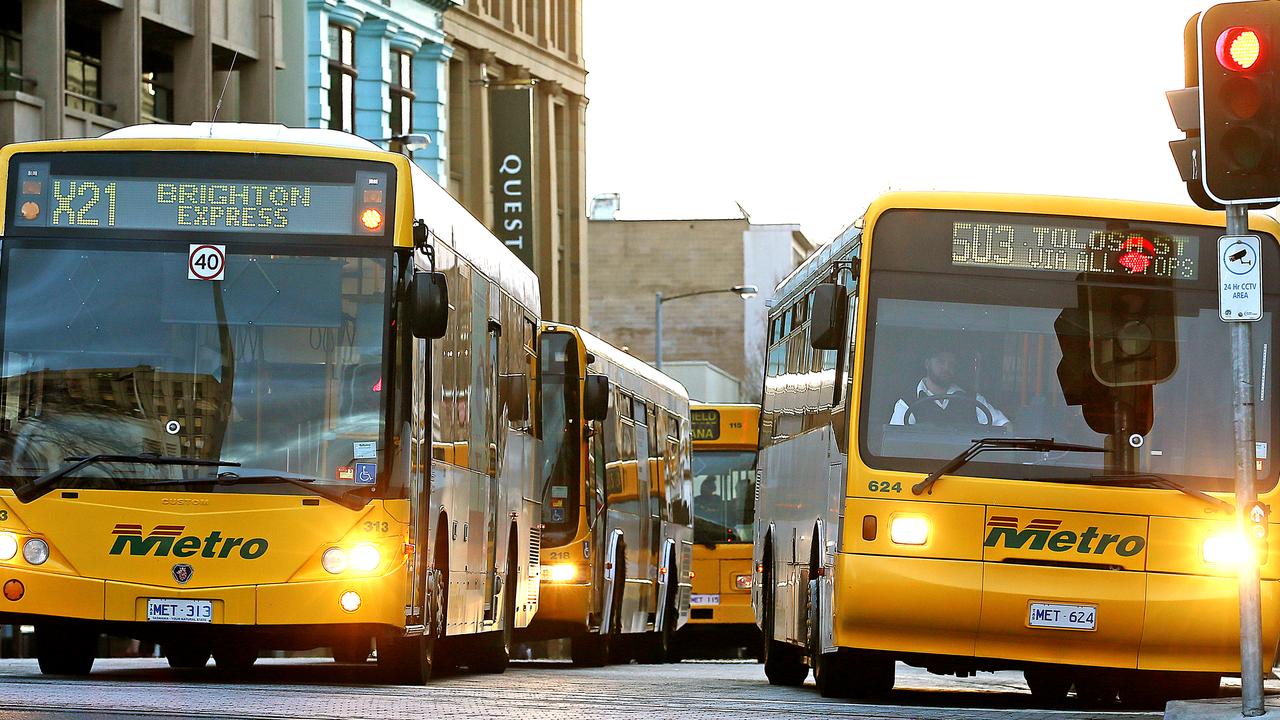Greater Hobart Household Travel Survey 2023: Number of people working from home revealed
New figures reveal how many Hobartians have returned to the office. One leading business figure says working from home could offer a solution to the state’s participation slump.

Tasmania
Don't miss out on the headlines from Tasmania. Followed categories will be added to My News.
More than one in ten employed people living in the Greater Hobart region are working from home on an average weekday, with women more likely to work remotely than men.
Last conducted in 2019, the Greater Hobart Household Travel Survey was again undertaken in July, September, October, and November last year, collecting data from 3361 households across Brighton, Clarence, Glenorchy, Hobart, Sorell, the Derwent Valley, and parts of Kingborough.
For the first time, the survey recorded remote working habits in the region, finding that 11.7 per cent of employed people worked from home on an average weekday.

Australian Bureau of Statistics data from August last year showed that 37 per cent of Australians worked from home regularly, down from about 40 per cent in 2021 but still five percentage points above the pre-pandemic level.
It suggests that Hobartians have returned to the office in greater numbers than their counterparts in other cities.
Tasmanian Chamber of Commerce and Industry chief executive Michael Bailey said the state had the worst participation rate in the nation at 60.4 per cent and that both the public and private sectors shouldn’t rule out increasing flexible work arrangements to improve the situation.
“However, sometimes people are choosing remote work because they can’t access transport or because they are struggling to access other services like childcare,” he said.
“We are calling on the Tasmanian government to develop a participation strategy and we have already formed a working group that is looking at this issue in detail.
“Remote work shouldn’t be a bandaid solution to bigger problems that are impacting participation.”

The 2023 Greater Hobart Household Travel Survey, released last week, revealed that some work from home was allowed for 35.1 per cent of people in the region and 21.2 per cent worked remotely at least once in the previous week.
Full-time workers (13.6 per cent) were more likely to work from home on an average weekday than part-time employees and casuals (8.8 per cent), while more women (12.3 per cent) than men (11.1 per cent) worked remotely.
In the more urban parts of Kingborough, 16.6 per cent of employed people worked from home on an average weekday, followed by 14.5 per cent in Hobart, 12 per cent in Sorell, 11 per cent in Clarence, 8.4 per cent in Glenorchy, and 6.5 per cent in Brighton.
The sample size for the Derwent Valley was too small for separate analysis but figures from people sampled in the area were included in the totals.
Managers and professionals were the most likely category of workers to work remotely (17 per cent), followed by sales, clerical and administrative workers (11 per cent).
A Tasmanian government spokesman said the state didn’t experience the same growth in “working from home culture” seen in other states during the Covid pandemic due to less lockdowns being imposed here.
He said State Service agencies “embed and maintain contemporary policies that provide clear guidance on how roles in their agencies can use flexible work practices”.





